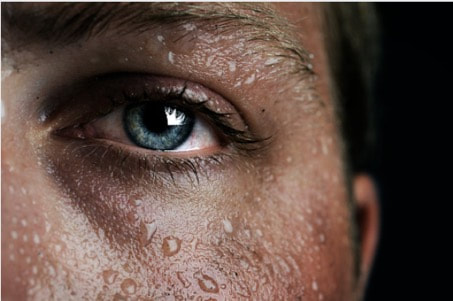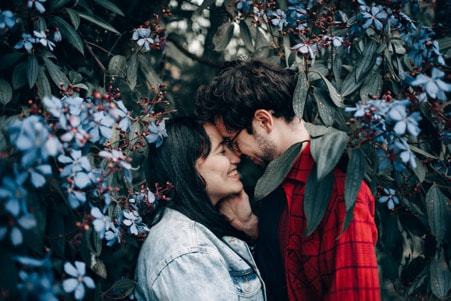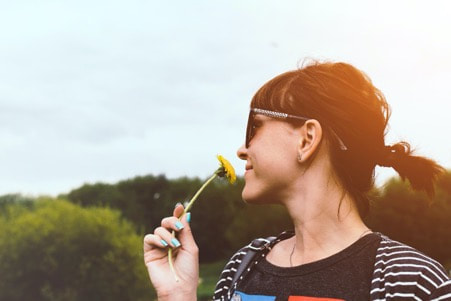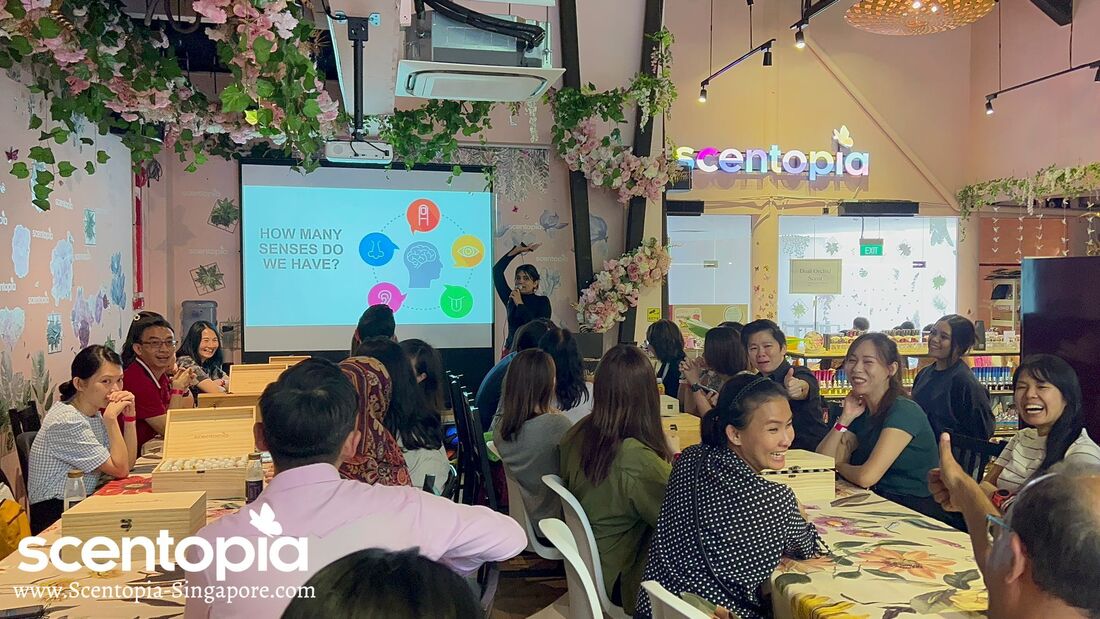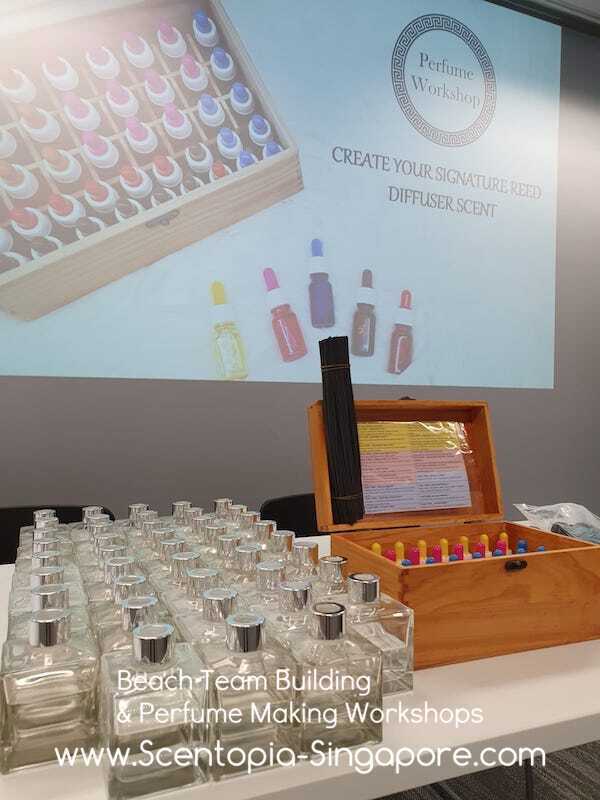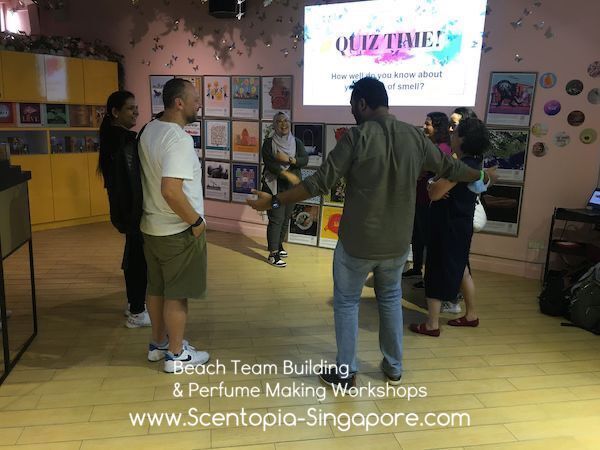The Chemistry of Human Body and Fragrances
Chemistry of Human Body Interaction with Fragrances
10/4/2021
Attraction towards a perfume can happen upon the first sight, or more accurately, first sniff! However, love at first sniff is not a good reference for most perfumes, as no matter how good the scent was perceived, it will smell different when applied on your skin and as compared to when it is sprayed on perfume strips!
Therefore, before you judge how suited you are to a perfume, let’s find out more about what chemistry reaction perfume can have on our body and how it can influence the perfume profile and character of your perfume.
Attraction towards a perfume can happen upon the first sight, or more accurately, first sniff! However, love at first sniff is not a good reference for most perfumes, as no matter how good the scent was perceived, it will smell different when applied on your skin and as compared to when it is sprayed on perfume strips!
Therefore, before you judge how suited you are to a perfume, let’s find out more about what chemistry reaction perfume can have on our body and how it can influence the perfume profile and character of your perfume.

